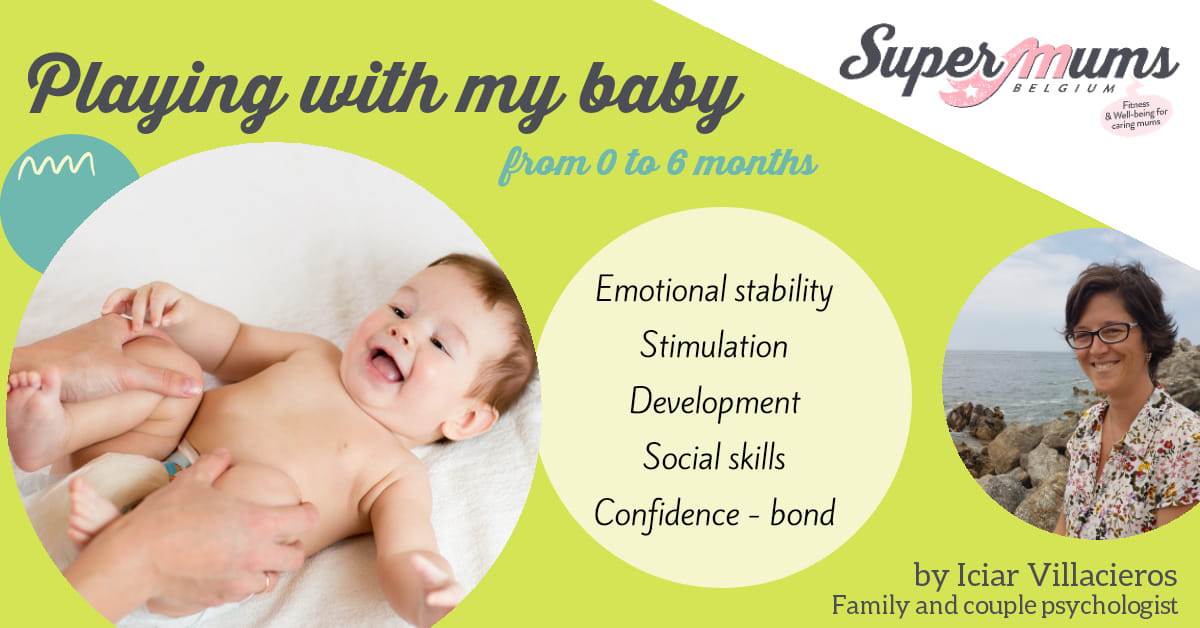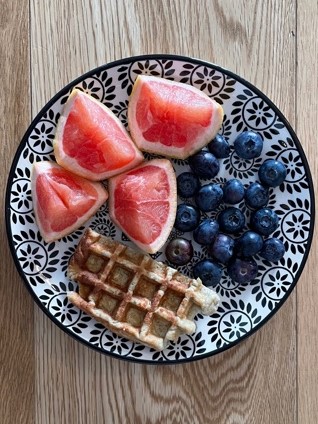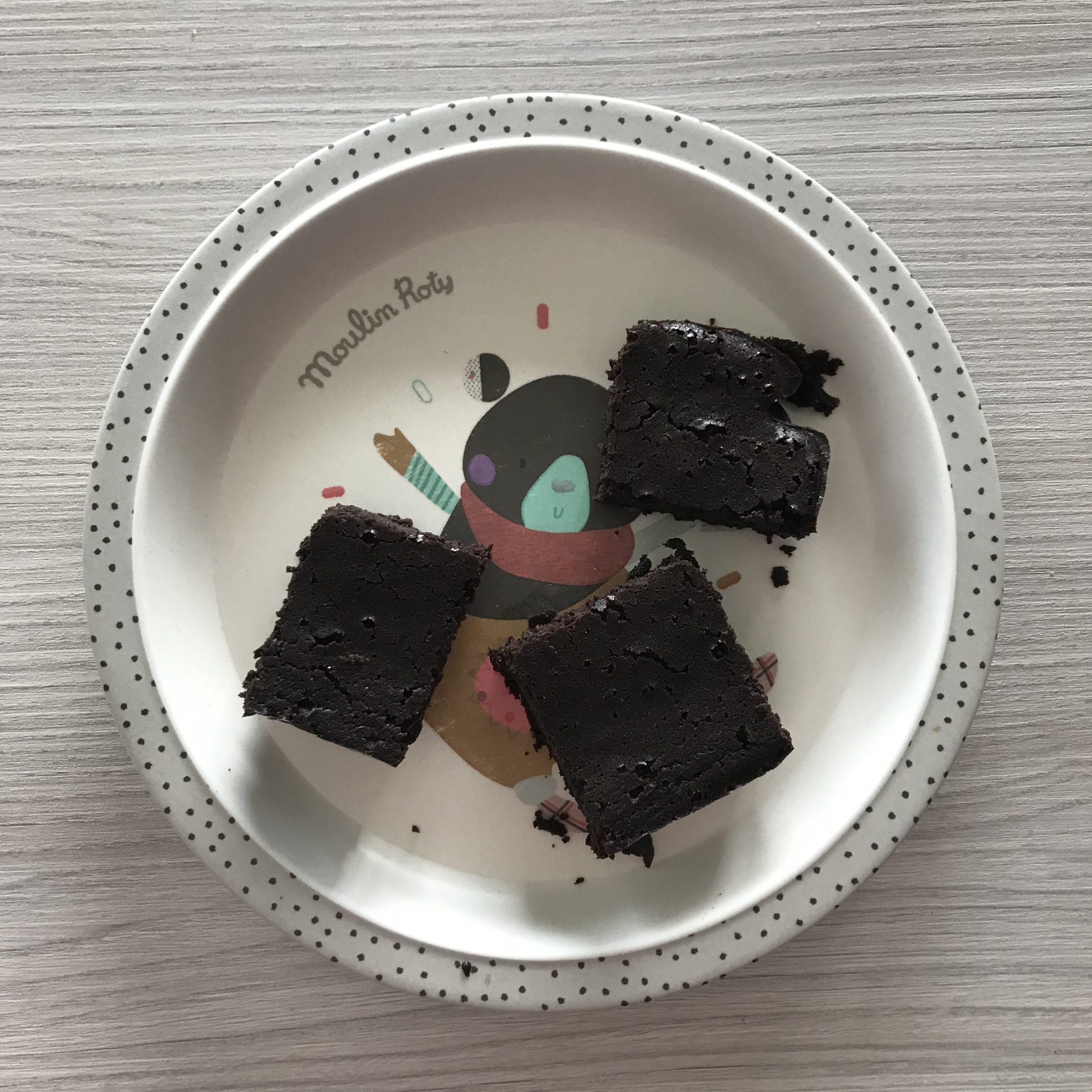Playing with my baby
So you have a new baby and you ask yourself how/when to start playing with them? In this blogpost, family psychologist Iciar Villacieros explains the importance of playing with your baby from a young age.
Baby’s first months
The first months of a baby’s life are full of care: feeding, cleaning, constant changes of clothes, diapering, bathing… It feels like there is no time left, let alone to play with your baby. Besides, how do we play with a newborn baby? Why is it important?
What aspects do we develop playing?
Playing is fundamental to the development of the baby’s psychomotor skills and the cognitive (attention and concentration) and social processes. But above all, playing is a way of strengthening the bond between the parents and the child. It promotes confidence, attachment and security for the baby. Playing helps awakening the senses: touching, hearing, smelling, laughing, enjoying… all of which nourish the baby’s emotional brain. This nourishment is as important as food.
But how do we play with a newborn baby?
During the first months, the baby spends little time awake, so it is better to look for a moment when he is fresh and relaxed, like in the mornings. From the baby’s first days you can play with him through the sense of touch, sight or look and hearing. The latter is the most developed of the senses.
Hugging him skin to skin, while we rock him dancing to the rhythm of a lullaby, will increase our bonding, confidence and will make him feel loved. Massage is another powerful tool for newborns. Through circles we massage their skin with small cottons or gauze, while talking to them in whispers, saying their name or humming a lullaby. It is important to make the circles at a constant rhythm and without touching the spine. Physical contact stimulates the baby’s immune system and defenses, favoring better development and weight gain. There are some specific massages for colic pains that can be very useful at this stage. I especially recommend this online physiotherapy video where is explained (in Spanish): https://youtu.be/TdQMFa6S3EI.
How can we make the most of play in the first months?
In the first trimester, eye stimulation will be a powerful ally. The mutual gaze between mother and baby causes pleasure and secretion of substances from the limbic cortical lobes (the heart of the brain) which are indispensable for the child’s emotional life (Fodor, García-Castellón y Morán, 1997). The baby likes to look at things with contrast such as white and black. Objects should be placed always at less than 20cm. But what they like the most is to look at human faces.
In addition, you can play with them by stimulating the hearing. Playing music, singing songs, dancing together or rocking them on your legs will help them coordinate the rhythm with their bodily. As they produce the first sounds, we can stimulate their speech by responding to their gurgles, repeating them and generating a dialogue where they will feel understood (Fodor, García-Castellón y Morán, 1997).
The sense of smell can be stimulated by impregnating a handkerchief with the mother’s smell and leaving it in their crib, relaxing them. Before the age of 6 months they will already be able to identify our emotions, especially happy, sad or angry faces. We can show them images and change our faces by helping them to identify expression with emotion. Touch is also recommended to stimulate through offering different textures: soft, smooth, rough…that you can freely manipulate.
Workshops and more information:
If you’d like more information, you can find it (in Spanish) in the books “Todo un mundo de sensaciones” and “Todo un mundo por descubrir” by Fodor, García-Castellón y Morán, which I highly recommend.
All of the ideas I mentioned above and some more are seen in the workshops I give at the SuperMums studio. Please sign up for the next one if you want to learn a bit more about this and have a fun time with your baby.
Next workshop will take place on the 26th of January. Click here to sign up or contact SuperMums directly.
-written by Iciar Villacieros








